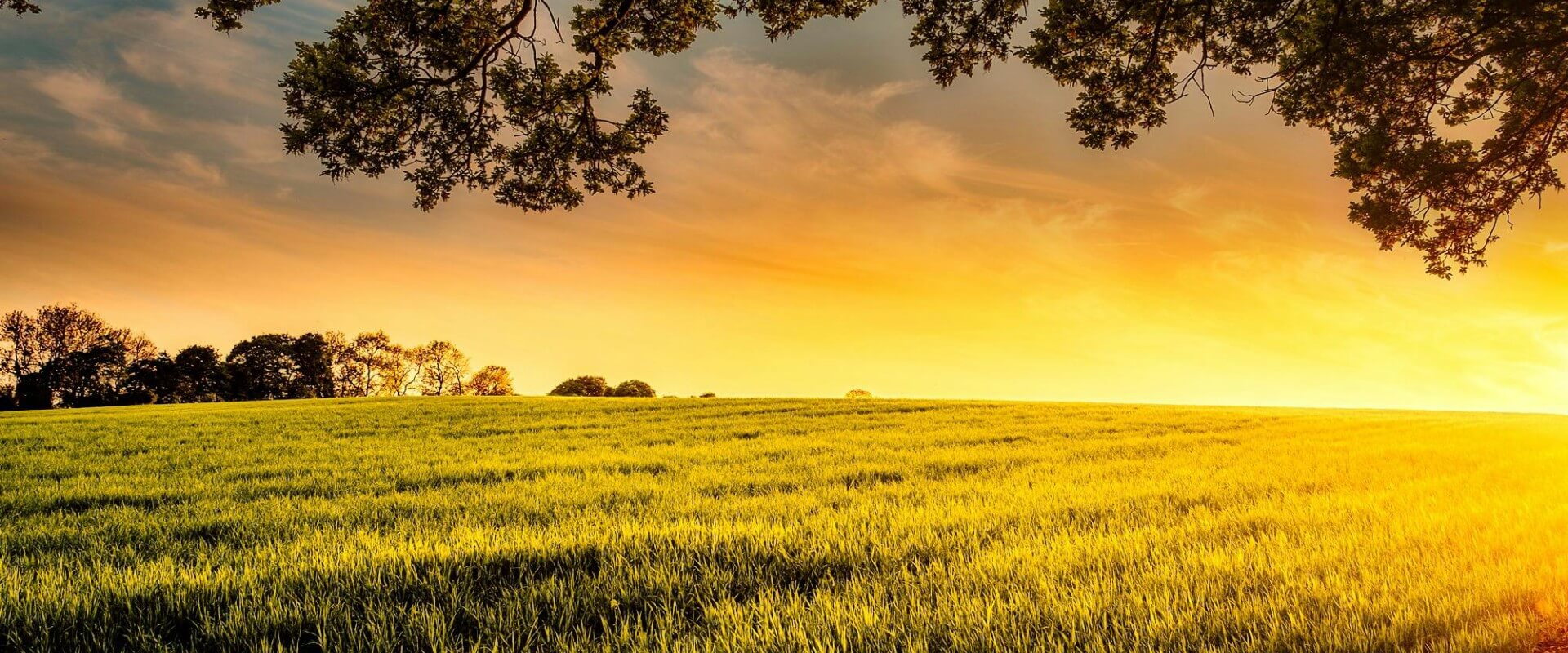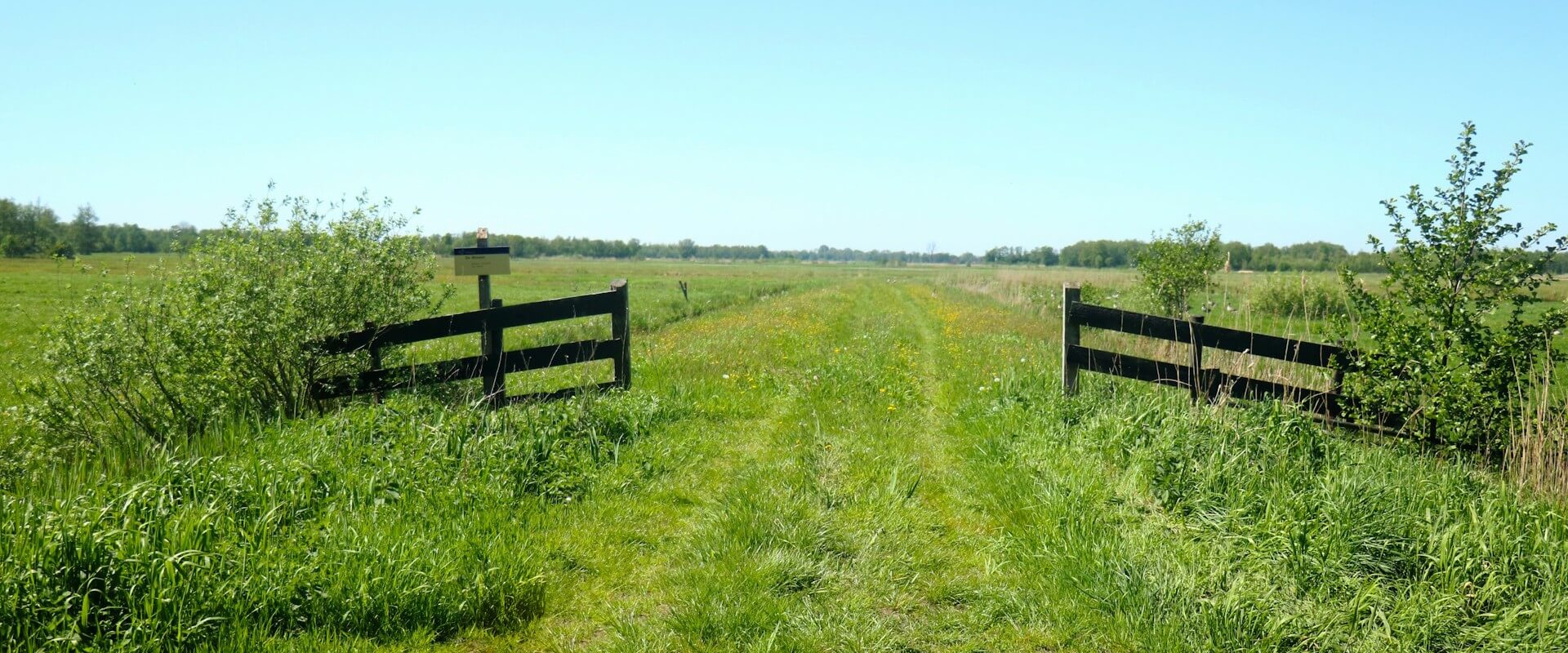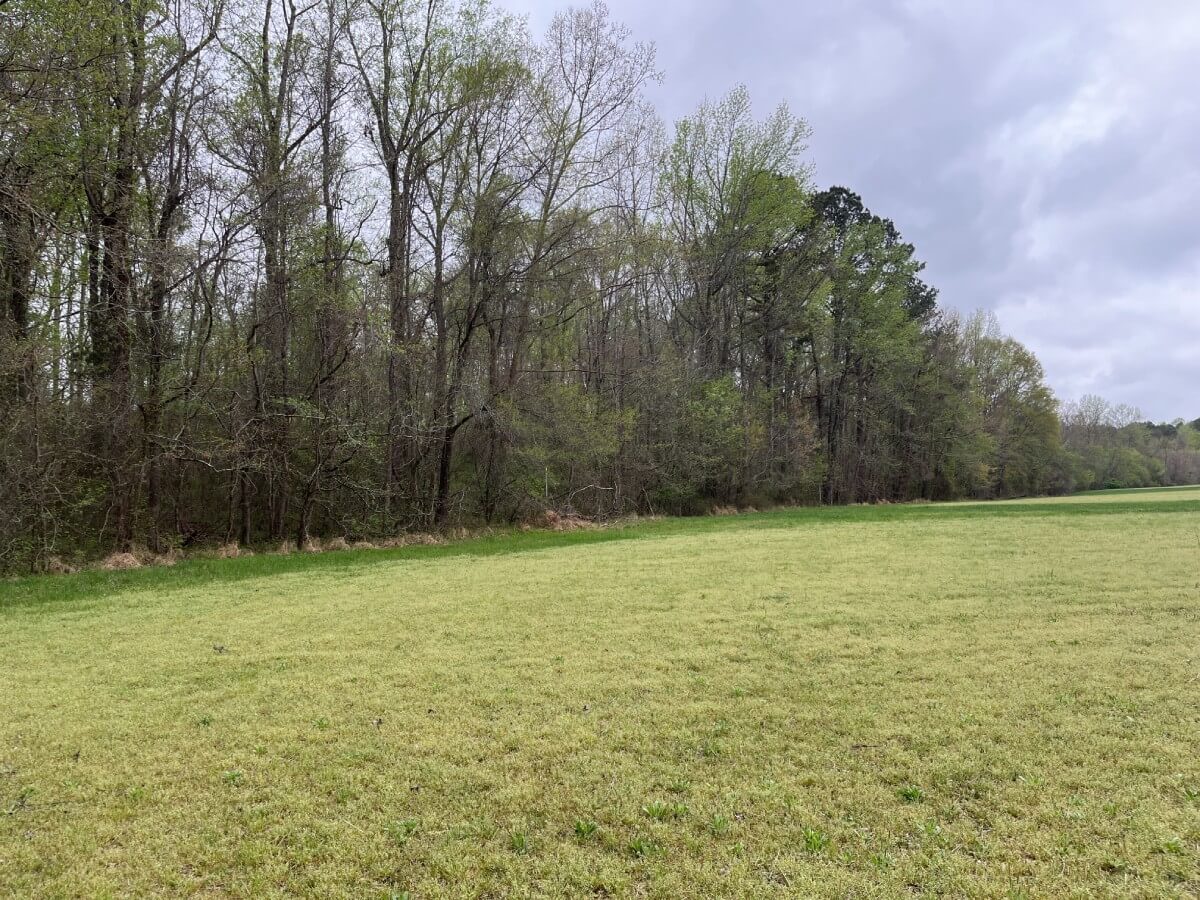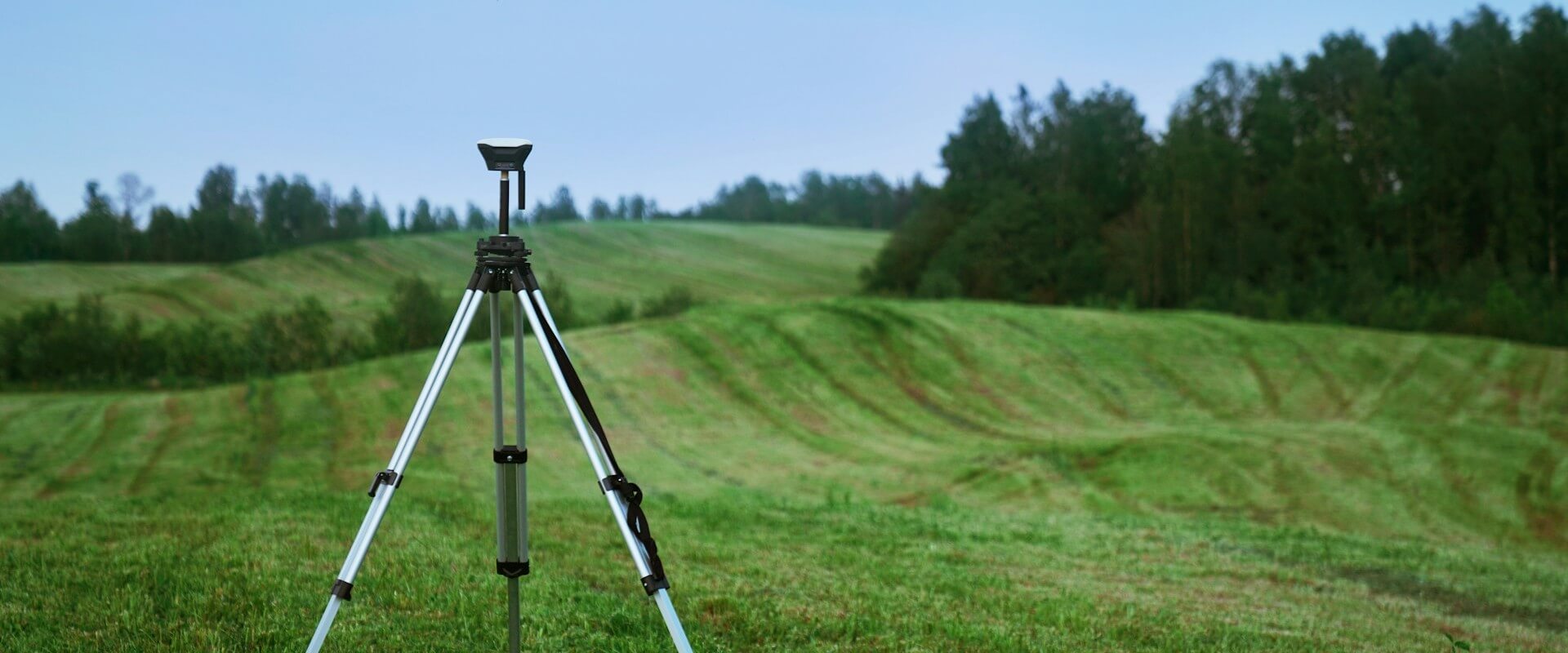Few rivers tell the story of environmental neglect and redemption quite like the Cuyahoga. Once a dumping ground for industrial waste, this Ohio river was so polluted that it caught on fire repeatedly before the passage of the Clean Water Act.
Today, the Cuyahoga has once again become a healthy river system, supporting both wildlife and recreation, proof that strong state and federal policies can turn the tide on pollution.
When did rivers catch on fire?
For decades, the Cuyahoga was treated like a liquid landfill. Factories and oil refineries poured their solid and chemical wastes, often containing toxic heavy metals, directly into the river.
The pollution was so thick that Time magazine once wrote, "a person doesn’t drown in it, they decay." The river burned at least 13 times, with fires dating back to 1868. But it was the 1969 fire, fueled by an oil slick and ignited by a passing train, that finally got national attention. Images of a burning river shocked the public and helped push environmental issues into the national spotlight.

How did the Clean Water Act change the Cuyahoga River?
Before the Clean Water Act, efforts to control water pollution were weak. The 1948 Federal Water Pollution Control Act was the first national water law, but it lacked any real enforcement power. By the 1960s, air and water pollution had reached problematic levels in many parts of the US, and the general public awareness of this was ever increasing.
Protests from environmentalists and widespread public outrage over the Cuyahoga River fire created a national demand for action. Years earlier, Rachel Carson’s 1962 Silent Spring had set the stage by sounding the alarm on DDT, shedding light on how pollution could poison entire ecosystems.
The fire soon became a symbol of environmental neglect, and in 1972 Congress passed the Clean Water Act (overriding a veto from President Nixon). This landmark law provided the federal government with the authority to set enforceable pollution limits, set up a system for permitting discharges, and provided funds for improvements in wastewater treatment.
For the Cuyahoga River, this was a turning point. The days of unchecked dumping were over. Strict regulations forced industries to stop dumping chemical waste into the river while cities began to modernize their sewage systems.
Over time, water quality improved, aquatic life returned, and a river once infamous for burning became a symbol of environmental recovery. Bit by bit, the Cuyahoga River healed, proving that strong policy, persistent enforcement, and a wider social commitment to pursuing a cleaner environment can lead to successful ecological restorations in even the most damaged waterways.
The Cuyahoga River Today: A Comeback Story
Since its low points in the 1960s, the river is once again flowing with life. Fish and wildlife have bounced back, and where there were once oil slicks, people kayak and fish.
The stretch between Cleveland and Akron (once considered devoid of fish) is now home to Ohio’s only national park, Cuyahoga Valley National Park. Visited by nearly 3 million people a year, this park not only provides vital protections for the watershed, but also brings in millions of dollars from tourism. This once lifeless stretch is now home to at least 40 fish species, including northern pike and steelhead trout–species that tend to prefer high quality waters.
In 2019, the US EPA recognized the Cuyahoga as an "Area of Recovery," a major milestone in its path to recovery. So far, the river has recovered from many of its water quality issues and soon it may be officially removed from a national list of impaired waters.
One of the final major obstacles to the Cuyahoga River’s full recovery is set to be removed. The Gorge Dam, located just north of Akron, is scheduled for demolition in 2025. Due to the river’s long history of industrial pollution, $100 million in secured funding will go toward dismantling the dam and removing approximately 875,000 cubic yards of contaminated sediment trapped behind it.
Over the past two decades, five other dams along the Cuyahoga have already come down, making the Gorge Dam the final major obstruction between Lake Erie and the upper reaches of the Cuyahoga.

Kayakers enjoy the Cuyahoga River between Cleveland and Akron. This section was once said to be completely devoid of fish. Now it’s home to a National Park and an 85 mile blue trail.
What can we learn from the Cuyahoga River?
The story of this river isn’t just about its recovery. It’s about what happens when people demand environmental action, and what follows when elected officials respond. The Cuyahoga River has become one of the most visible success stories of the Clean Water Act—a poster child for what strong environmental policy can achieve.
But it’s not the only one. Across the country, thousands of lesser-known rivers, streams, wetlands, and lakes have also been quietly making progress since the Clean Water Act was passed. These places may not make headlines, but their recoveries matter just as much.
If you’re interested in reading more about a few of the high profile success stories:
Yet challenges still remain. Emerging pollutants like PFAS, climate change, and rollbacks in regulations still threaten the progress we’ve made in creating cleaner and more ecologically functional waterways.
At Unique Places to Save, we’re working to help create more stories like the Cuyahoga where nature thrives and communities benefit. Supporting, protecting, and accelerating these ecological recoveries is a part of our mission. Because every waterbody restored is a win for nature, for communities, and for future generations.
About the Author
Sam Warnock brings in-depth experience with ecosystem services, natural capital accounting, and environmental regulations based on his time spent in the private environmental sector and his education. His experience stems from projects related to regulatory permitting, chemical analysis, and EPA compliance. He has overseen a broad range of projects across the globe with a focus on environmental sustainability.
Learn MoreWe are a trusted partner for dam removal projects to restore our rivers to their natural state
Learn More





